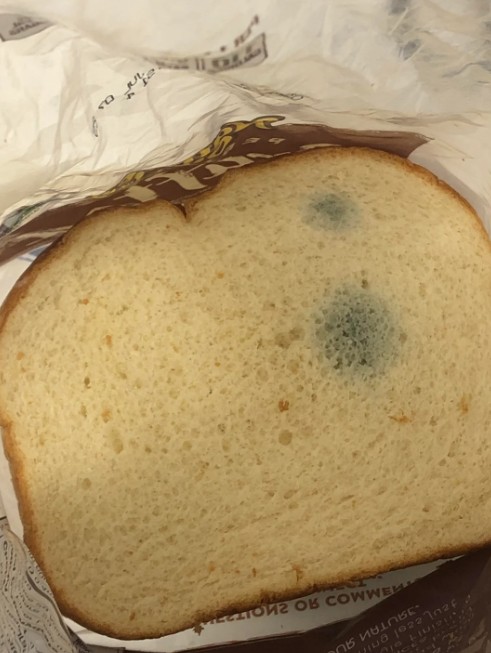We’ve all been there—finding a loaf of bread on the counter that’s gone hard and crusty, wondering if it’s still okay to eat or if it’s time to throw it away. The good news is that stale bread is usually safe to eat as long as it hasn’t developed mold.
Bread becomes stale because it loses moisture, not because it’s spoiled. This happens through a natural process called retrogradation, where starch molecules change and push out water, making the bread tougher and drier. While stale bread might not be great to eat plain, it’s not harmful. In fact, you can bring some life back to it by wrapping it in foil and warming it in the oven or simply toasting it for a crispy treat.
Stale bread is also fantastic for cooking. You can turn it into breadcrumbs for coating chicken or topping casseroles. Cubed and toasted with olive oil and seasoning, it makes delicious croutons for salads and soups. Recipes like French toast, bread pudding, and panzanella salad actually benefit from using stale bread because it soaks up liquids without falling apart. Stuffing, too, is a classic way to use bread that’s a little past fresh.
However, if you see any mold—green, blue, or black fuzz—don’t eat it. Bread is porous, so mold spreads beyond what you can see. Eating moldy bread can cause allergic reactions or even food poisoning because some molds produce harmful toxins. Always discard moldy bread entirely.
How fast bread molds depends on moisture, temperature, and preservatives. Fresh bakery bread molds quickly, often within a few days, while store-bought bread with preservatives lasts longer. Warm, humid conditions speed up mold growth, while cooler, drier places slow it down. Refrigeration can delay mold but makes bread stale faster. Freezing is the best way to keep bread fresh for a long time—just wrap slices well and store in a freezer bag.
For short-term storage, paper or cloth bags are best because they allow air circulation and prevent mold without drying the bread too fast. Different breads need different care: artisan loaves do well in paper bags and freeze nicely, while sandwich bread stays fresh longer in plastic but should be sealed tightly once opened.
In short, stale bread is safe and even useful in the kitchen, but moldy bread should be tossed. With a little care, you can reduce waste and enjoy your bread in many delicious ways.


